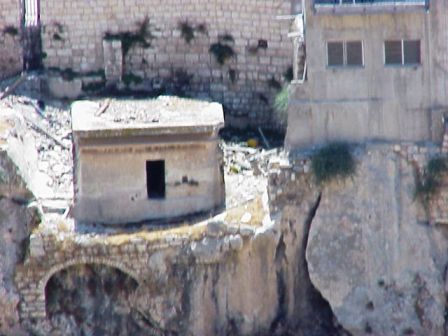- Series:History, Transcript English
Matthew 8:22
“But Jesus said unto him, Follow me; and let the dead bury their dead.”
Twice in the Gospels, Jesus is asked by a disciple for a leave of absence to bury his father. In each case, Jesus tells the disciple to let the dead bury their own dead.

A better explanation is offered in an article in Archaeology and Biblical Research. Archaeologist Gordon Franz explains Jewish burial practices at the time of Jesus. At death, the body would be placed in the family burial cave. After about a year, the body would have decomposed. Then the final act of mourning would take place. The bones were placed in a chest in what was called a secondary burial. According to the rabbis, the decomposition of the flesh was a person’s final atonement for sin. Once this atonement was made, the bones could finally be laid to rest.
Franz says it is this secondary burial for which the disciples wanted leave time. Jesus’ reference to the dead burying the dead was a reference to the other corpses in the burial cave. He was teaching that the rabbis’ teaching about atonement was wrong. Atonement is found only in the saving work of Jesus Christ – the very message that the disciples should have been proclaiming.
Prayer:
I thank You, Lord Jesus, that in Your innocent suffering and death You made full and complete atonement for my sin. Equip me to better tell others that You have made our peace with God, and let my life reflect Your love. Amen.
Notes:
Franz, Gordon. 1992. “Let the dead bury their own dead.” Archaeology and Biblical Research, Vol. 5, n. 2, Spring, p. 55. Photo: Remnants of the Monolith of Silwan, a First Temple period tomb. (PD)
